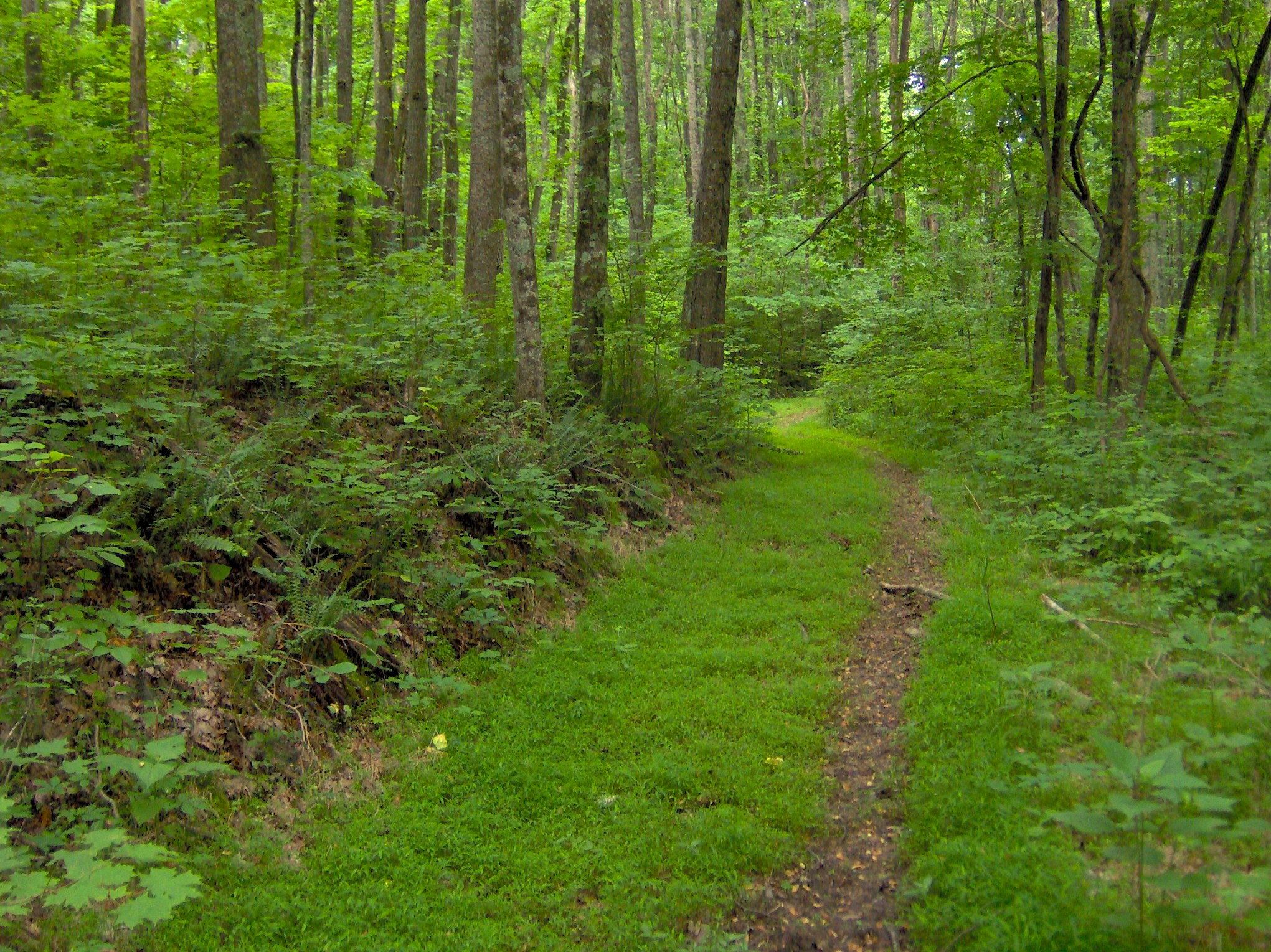Source google.com.pk
Forest
About 420 million years ago, during the Silurian Period, ancient plants and arthropods began to occupy the land. Over the millions of years that followed, these land colonizers developed and adapted to their new habitat. The first forests were dominated by giant horsetails, club mosses, and ferns that stood up to 40 feet tall.
Life on Earth continued to evolve, and in the late Paleozoic, gymnosperms appeared. By the Triassic Period (245-208 mya), gymnosperms dominated the Earth's forests. In the Cretaceous Period (144-65m mya), the first flowering plants (angiosperms) appeared. They evolved together with insects, birds, and mammals and radiated rapidly, dominating the landscape by the end of the Period. The landscape changed again during the Pleistocene Ice Ages — the surface of the planet that had been dominated by tropical forests for millions of years changed, and temperate forests spread in the Northern Hemisphere.
Today, forests occupy approximately one-third of Earth's land area, account for over two-thirds of the leaf area of land plants, and contain about 70% of carbon present in living things. They have been held in reverence in folklore and worshipped in ancient religions. However, forests are becoming major casualties of civilization as human populations have increased over the past several thousand years, bringing deforestation, pollution, and industrial usage problems to this important biome.





Forest
About 420 million years ago, during the Silurian Period, ancient plants and arthropods began to occupy the land. Over the millions of years that followed, these land colonizers developed and adapted to their new habitat. The first forests were dominated by giant horsetails, club mosses, and ferns that stood up to 40 feet tall.
Life on Earth continued to evolve, and in the late Paleozoic, gymnosperms appeared. By the Triassic Period (245-208 mya), gymnosperms dominated the Earth's forests. In the Cretaceous Period (144-65m mya), the first flowering plants (angiosperms) appeared. They evolved together with insects, birds, and mammals and radiated rapidly, dominating the landscape by the end of the Period. The landscape changed again during the Pleistocene Ice Ages — the surface of the planet that had been dominated by tropical forests for millions of years changed, and temperate forests spread in the Northern Hemisphere.
Today, forests occupy approximately one-third of Earth's land area, account for over two-thirds of the leaf area of land plants, and contain about 70% of carbon present in living things. They have been held in reverence in folklore and worshipped in ancient religions. However, forests are becoming major casualties of civilization as human populations have increased over the past several thousand years, bringing deforestation, pollution, and industrial usage problems to this important biome.
Forest

Forest

Forest

Forest

Forest

Forest

No comments:
Post a Comment